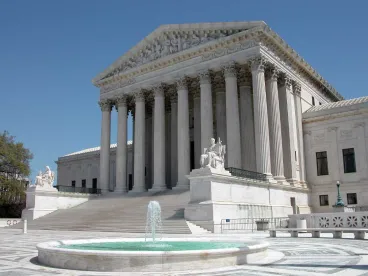This week our nation's highest court will decide whether to review the 6th Circuit's conclusion that a declaratory judgment of liability starts the statute of limitations clock for the liable party to bring a contribution action against others it believes are also financially responsible for the costs of responding to the hazardous material releases in question.
There can be no serious argument with the appellant's suggestion that the 6th Circuit's ruling will require litigation earlier than it might otherwise make sense. There also can be no serious argument that the 6th Circuit's ruling is at odds with a 2004 1st Circuit ruling that such a declaratory judgment does not start the clock. And there also can be no serious argument that the courts have usually bent over backward to very liberally construe CERCLA's statute of limitations provision, section 113, especially when the Government is the plaintiff, based on the "remedial purpose" of the statute.
Given all of this, if I had to bet, I'd say the Supreme Court will take this case.
Georgia-Pacific, in its Nov. 14 petition for writ of certiorari to the Supreme Court, argued that the 6th Circuit’s ruling, left uncorrected, would impose “arbitrary and draconian” burdens on those undertaking environmental cleanups, and would incentivize premature protective suits as well, ultimately producing less accurate allocations of responsibility. Additionally, the paper company argued that the appellate ruling is a direct split from a previous ruling from the 1st Circuit in American Cyanamid Co. v. Capuano, where that court concluded that declaratory judgment holding two parties jointly and severally liable for all future costs of removal or remedial action did not trigger CERCLA’s statute of limitations, as judgment on liability for future costs “is not a judgment for the recovery of such costs.”




 />i
/>i

